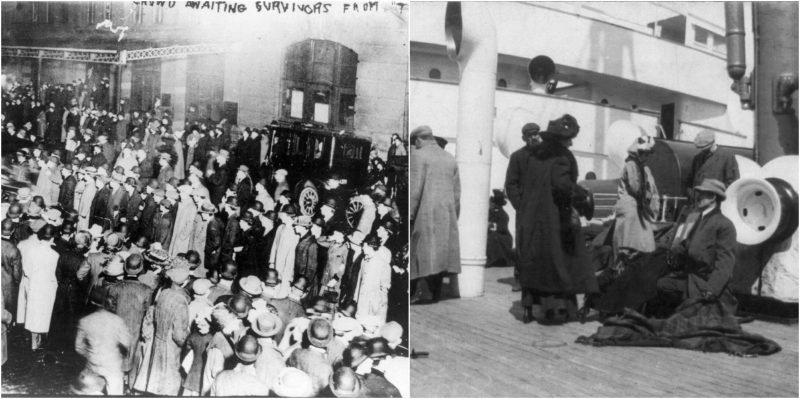In the early hours of April 15, 1912, Captain Arthur Henry Rostron of the Cunard White Star Line’s RMS Carpathia was awakened by Harold Cottam, the wireless operator on duty at the time.
Cottam had sent a message to the RMS Titanic, on its maiden voyage to New York from the last passenger pickup in Cherbourg, France. The message had been forwarded from Cape Race Newfoundland and indicated they had private traffic for the Titanic. In response, Cottam received a distress call that the Titanic had struck an iceberg and was sinking.
Before asking any questions, Captain Rostron checked the position of his ship and ordered the Carpathia to the location of the Titanic at full speed knowing full well they were headed into an ice field. He hastily ordered all firefighters and trimmers to the engine room to keep the engines at full power which enabled the ship to travel at 20 miles per hour, 3.5 knots more than its fastest speed under normal conditions. With the engines strained almost to the breaking point, it would still take four hours to travel over sixty miles to the stricken liner.
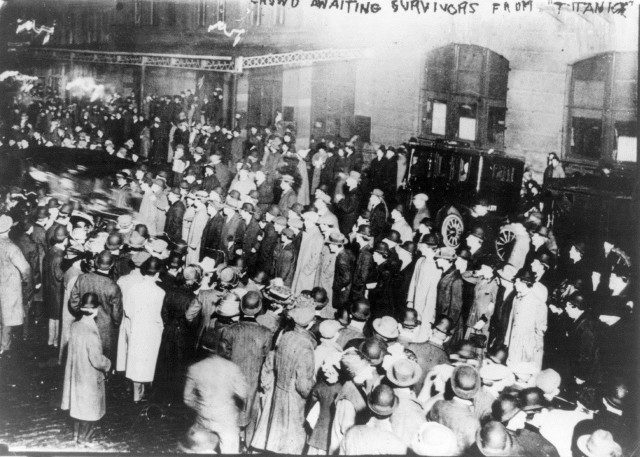
Electric lights were rigged on the sides of the ship, lifeboats were prepared, all gangways doors were opened, and ropes were rigged on the sides of the ship in case survivors needed to be pulled from the water. He ordered the kitchen to prepare hot coffee, tea, and soup and had first aid stations set up with blankets and pillows in the dining areas. Some passengers were asked to double up to make room for all of the survivors. Captain Rostron expected to find the ship still afloat and prepared cargo areas for the additional luggage and mail he assumed would be offloaded from the Titanic.
By the time the Carpathia had reached the Titanic’s reported location at 4:00 a.m., the “unsinkable” giant had already broken in half and slipped beneath the surface taking 1,503 souls with her. The crew of the Carpathia found only darkness.
Captain Rostron ordered the Carpathia to a full stop and shut down her engines. He and his deck officers searched the area around the ship until they finally saw a light from a flare shot by Titanic’s Fourth Officer Joseph Boxhall in lifeboat number two.
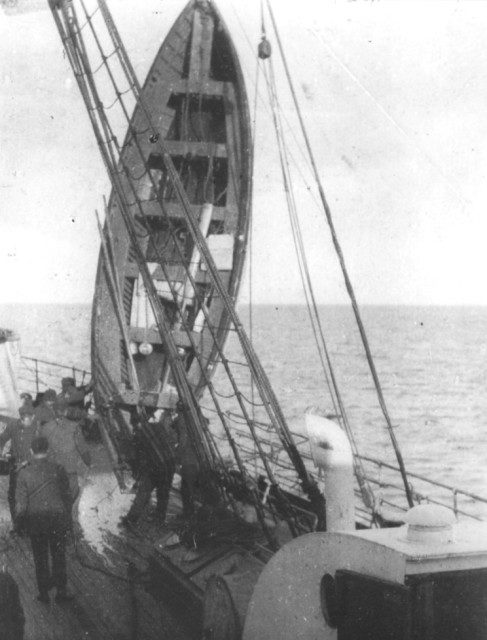
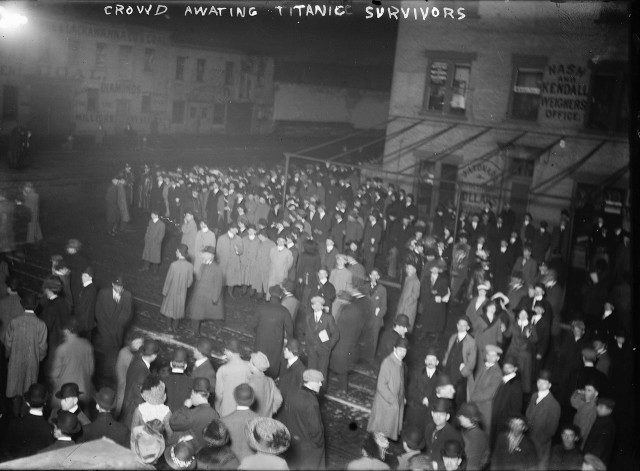
As the morning light began to appear on the horizon, the crew of the Carpathia was able to make out the remainder of Titanic’s lifeboats making their way to the rescue ship. At 9:00 a.m. the last of the 705 survivors was taken aboard.
The majority of the survivors were women and children, still in their nightclothes, some suffering from shock and disbelief. Many expected to find their fathers and husbands safe aboard the Carpathia or another rescue ship that had surely been sent. Many searched the decks of the Carpathia calling out for their loved ones.
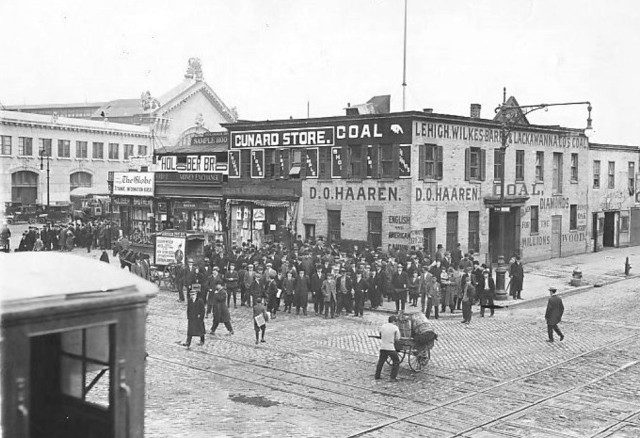
The Carpathia was overloaded with the survivors on board and did not have the necessary resources to pick up the dead bodies floating in the water. When the Carpathia turned around and headed back to New York the horrible realization that husbands, sons, fathers, brothers and uncles were gone forever settled in among the survivors.
News stories regarding the sinking of the Titanic were sketchy and sometimes assumed. Some papers reported that the ship was still afloat and was to be towed to New York while others reported all lives lost. Friends and relatives of Titanic’s passengers filled the streets at the White Star Lines’ piers and offices hoping for good news.
When the Carpathia reached New York on April 18th, and all of her passengers were offloaded, the lifeboats from the Titanic were placed in the empty dock where the great ship would have moored. It was then that the full magnitude of what had happened became a reality.
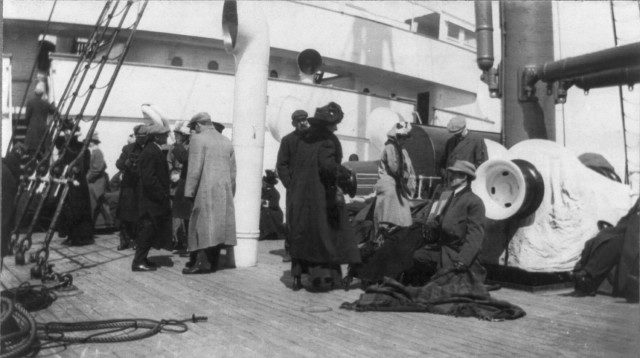
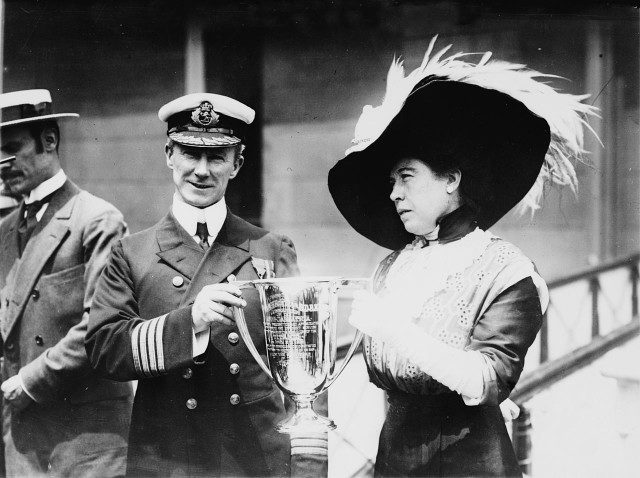
The Mackay-Bennett, owned by the Commercial Cable Company and leased at $550 per day, was sent by the White Star Line to collect the dead from the ocean. The ship carried caskets and embalming supplies along with Canon Kenneth Cameron Hind of All Saints Cathedral, in Halifax, Nova Scotia. Upon arrival to the site, they quickly realized there were not enough caskets and supplies on board to collect all of the floating bodies.
The cable steamer Minia was enlisted to assist the Mackay-Bennett. All in all, three hundred and six bodies were recovered with only fifty-six identifiable. One hundred and sixteen bodies were buried at sea with 190 returned to Halifax on the morning of April 30, many wrapped in canvas for lack of enough caskets. Captain Edward Smith, American millionaire Benjamin Guggenheim, ship architect Thomas Andrews and Ida Straus, the wife of Macy’s department store owner, Isidore Straus were among those whose bodies were never recovered.
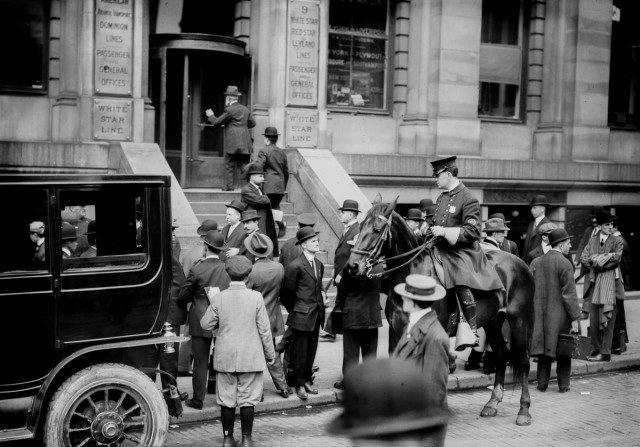
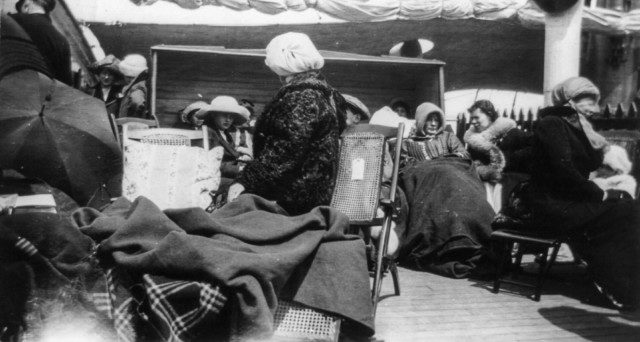
First class survivor, Margaret “Molly” Brown awarded a silver cup and gold medal to Captain Rostron on behalf of the Titanic survivors. He was also invited to the White House to meet with President Taft and was presented with a letter of thanks.
He was given the prestigious Congressional Medal of Honor as well as American Cross of Honour presented by Lord Bryce, the American British Ambassador. Lord Derby of The Liverpool Shipwreck and Humane Society bestowed a medal on Captain Rostron, and a gold medal was presented by the Shipwreck Society of New York.
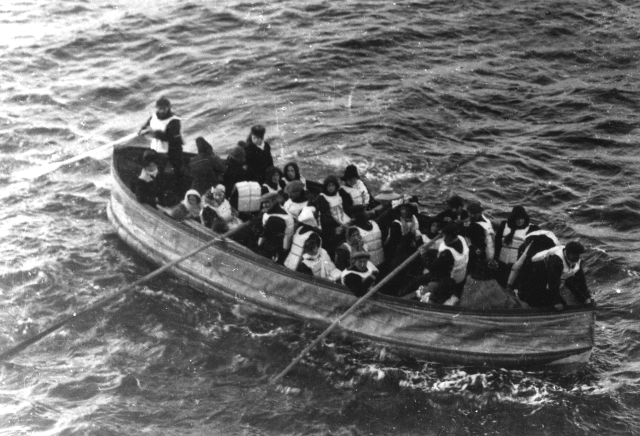
In 1919 the Captain was made a Commander of the Order of the British Empire, receiving the tile of Sir Arthur Henry Rostron.
Read another story from us: The replica Titanic cost $435 million & is set to launch in 2018
Captain Rostron remained in the service of the White Star Line, serving throughout World War I and retired in May of 1931. He published his memoirs, Home from the Sea, and continued his work with the British Foreign Legion until he passed away on November 4th, 1940 at the age of seventy-one.
